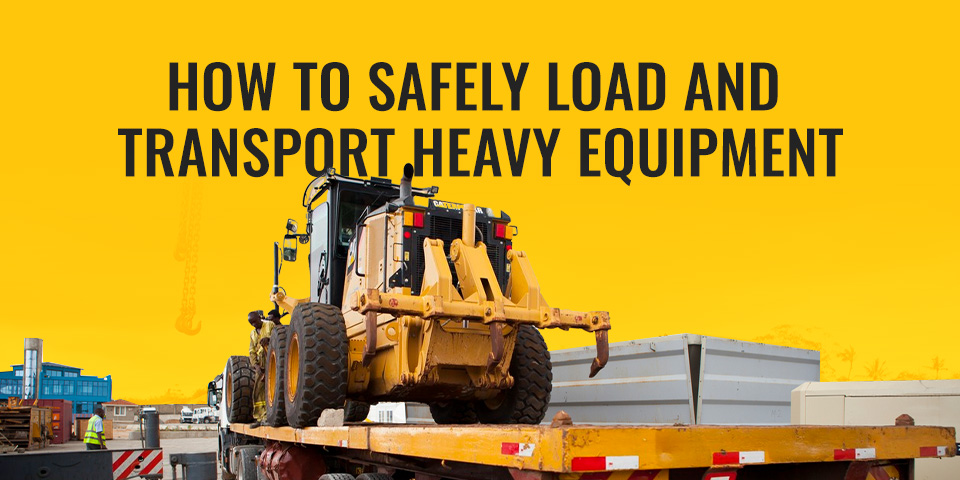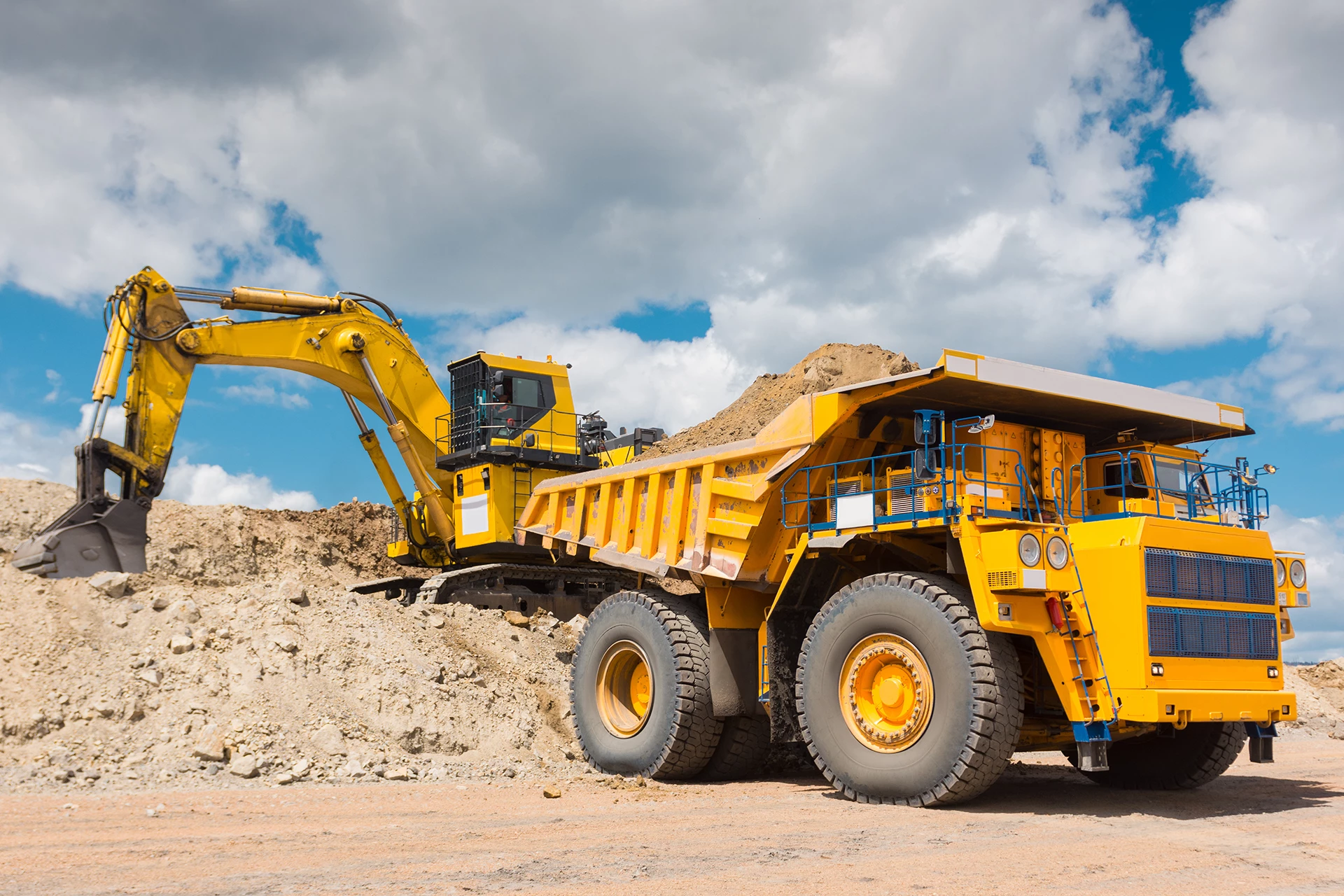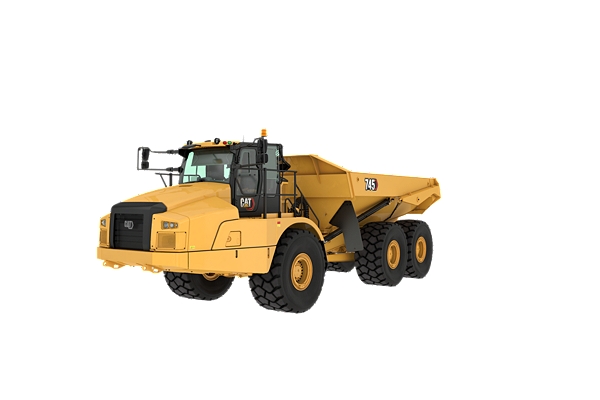Renting Vs. Acquiring Building And Construction Tools: Making the Right Option for Your Task
When starting a building task, one of the important choices that forecast managers and stakeholders encounter is whether to purchase or rent out building equipment. Both alternatives have their disadvantages and benefits, making the choice a crucial one in the job preparation procedure. The decision hinges on numerous aspects such as expense factors to consider, task period, tools maintenance, risk, scalability, and adaptability management. Each element plays a vital function in establishing one of the most appropriate path for the project's equipment demands. boom lift rental. Allow's check out these elements further to comprehend how they affect the decision-making process and inevitably the success of the task.
Expense Factors To Consider
Renting out tools frequently requires reduced preliminary repayments contrasted to buying, making it an eye-catching alternative for short-term jobs or contractors with budget restraints. In the lengthy run, constantly renting tools can gather higher costs than purchasing, especially for prolonged projects.
On the other hand, purchasing building equipment includes higher in advance expenses however can result in long-lasting cost savings, particularly for lasting jobs or constant individuals. Ultimately, the choice in between renting out and getting construction tools hinges on the task's period, frequency of use, budget factors to consider, and long-term economic goals.
Job Period

Alternatively, for long-lasting tasks or ongoing building and construction job, acquiring tools might be the a lot more cost-effective choice. Getting devices can cause set you back financial savings over time, especially if the devices will be regularly made use of. In addition, owning tools gives a feeling of control over its availability and enables personalization to fit specific task needs.

Equipment Maintenance
Offered the critical duty project duration plays in identifying the most cost-efficient strategy in between renting and getting building and construction equipment, the emphasis currently shifts in the direction of analyzing the vital element of devices upkeep. On the other hand, possessing devices requires a proactive technique to upkeep to prevent breakdowns, ensure security, and extend the equipment's life-span. Inevitably, a properly maintained construction equipment fleet, whether rented out or owned, is vital for the effective and successful completion of building and construction projects.
Versatility and Scalability
In the realm of building devices management, the element of versatility and scalability holds considerable relevance for project efficiency and source usage. Choosing to rent out construction devices offers a high degree of adaptability as it allows for the quick modification of equipment types and quantities based on the evolving requirements of a task.
Additionally, scalability, one more vital aspect, is inherently linked to flexibility. Renting out construction devices uses the advantage of quickly scaling procedures up or down as project demands rise and fall. Specialists can rapidly exchange or add tools to match the project's transforming requirements without the constraints of possessing properties that may come to be underutilized or obsolete. This capacity to range sources efficiently can lead to expense savings and improved job timelines, making leasing check over here a beneficial choice for jobs needing versatility and receptive source appropriation.
Risk Monitoring
Effective danger monitoring in building devices procedures is critical to making sure task success and mitigating prospective financial losses. Building tasks naturally entail numerous threats, such as equipment failures, accidents, and task hold-ups, which can significantly impact the job timeline and walk behind track loader rental near me budget plan. By very carefully taking into consideration the dangers related to owning or renting out construction equipment, task managers can make enlightened decisions to minimize these possible hazards.
Leasing construction tools can supply a degree of risk mitigation by transferring the duty of maintenance and repair services to the rental company. This can reduce the economic problem on the job proprietor in case of unanticipated equipment failings (heavy equipment rental). Furthermore, renting provides the flexibility to accessibility specialized devices for particular job stages, reducing the threat of owning underutilized equipment
On the various other hand, possessing building equipment gives a feeling of control over its usage and upkeep. However, this also indicates birthing the full duty for repair work, upkeep costs, and depreciation, enhancing the financial threats associated with tools ownership. Cautious danger see assessment and factor to consider of elements such as task period, devices utilization, and upkeep demands are essential in establishing one of the most suitable option for efficient threat management in building tasks.
Final Thought
Finally, when deciding between renting and getting building and construction tools, it is necessary to take into consideration cost, project period, tools upkeep, adaptability, scalability, and risk management. Each element plays an important function in figuring out one of the most ideal option for the project at hand. By carefully reviewing these facets, project supervisors can make an enlightened decision that lines up with their budget, timeline, and total project goals.
